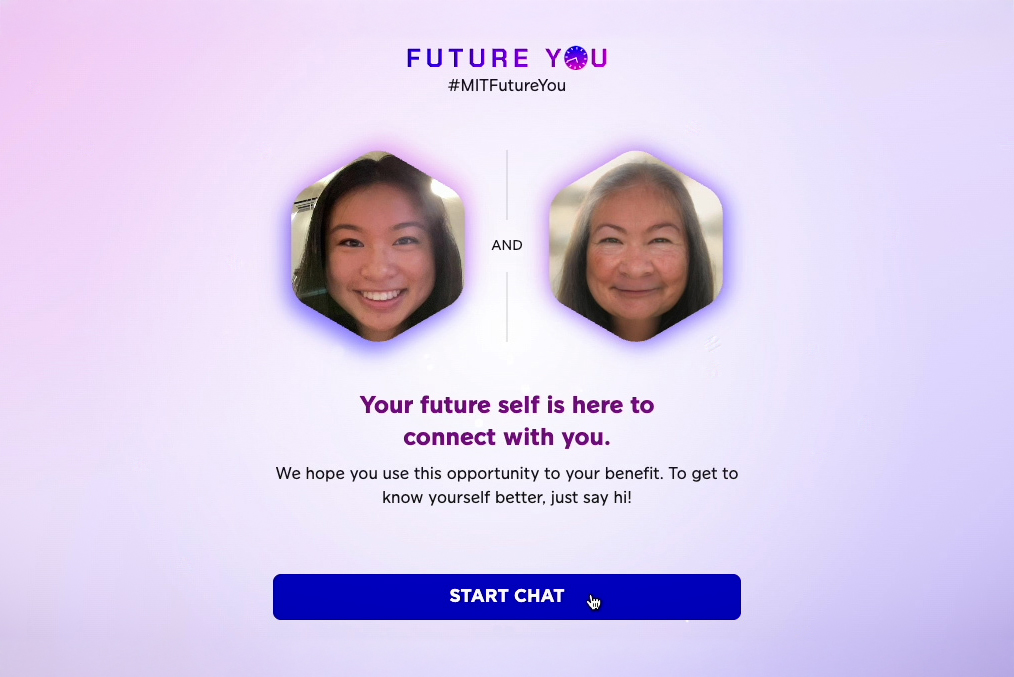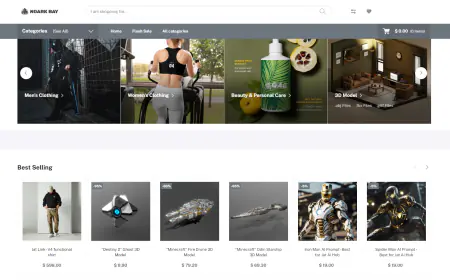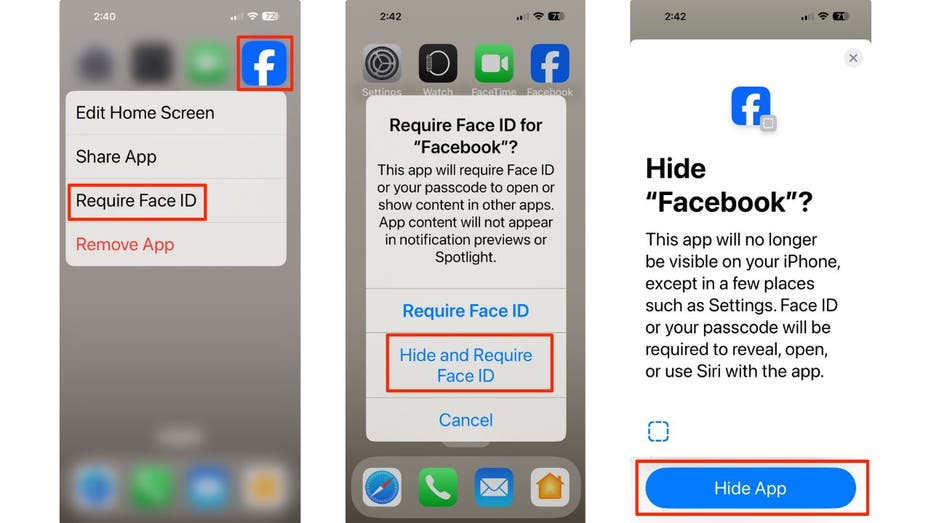How Netsertive built a scalable AI assistant to extract meaningful insights from real-time data using Amazon Bedrock and Amazon Nova
In this post, we show how Netsertive introduced a generative AI-powered assistant into MLX, using Amazon Bedrock and Amazon Nova, to bring their next generation of the platform to life.

This post was co-written with Herb Brittner from Netsertive.
Netsertive is a leading digital marketing solutions provider for multi-location brands and franchises, helping businesses maximize local advertising, improve engagement, and gain deep customer insights.
With a growing demand in providing more actionable insights from their customer call tracking data, Netsertive needed a solution that could unlock business intelligence from every call, making it easier for franchises to improve customer service and boost conversion rates. The team was looking for a single, flexible system that could do several things:
- Understand phone calls – Automatically create summaries of what was discussed
- Gauge customer feelings – Determine if the caller was happy, upset, or neutral
- Identify important topics – Pull out keywords related to frequent services, questions, problems, and mentions of competitors
- Improve agent performance – Offer advice and suggestions for coaching
- Track performance over time – Generate reports on trends for individual locations, regions, and the entire country
Crucially, this new system needed to work smoothly with their existing Multi-Location Experience (MLX) platform. The MLX platform is specifically designed for businesses with many locations and helps them manage both national and local marketing. It allows them to run campaigns across various online channels, including search engines, social media, display ads, videos, connected TVs, and online reviews, as well as manage SEO, business listings, reviews, social media posting, and individual location web pages.
In this post, we show how Netsertive introduced a generative AI-powered assistant into MLX, using Amazon Bedrock and Amazon Nova, to bring their next generation of the platform to life.
Solution overview
Operating a comprehensive digital marketing solution, Netsertive handles campaign execution while providing key success metrics through their Insights Manager product. The platform features location-specific content management capabilities and robust lead capture functionality, collecting data from multiple sources, including paid campaigns, organic website traffic, and attribution pro forms. With CRM integration and call tracking features, MLX creates a seamless flow of customer data and marketing insights. This combination of managed services, automated tools, and analytics makes MLX a single source of truth for businesses seeking to optimize their digital marketing efforts while taking advantage of Netsertive’s expertise in campaign management. To address their desire to provide more actionable insights on the platform from customer call tracking data, Netsertive considered various solutions. After evaluating different tools and models, they decided to use Amazon Bedrock and the Amazon Nova Micro model. This choice was driven by the API-driven approach of Amazon Bedrock, its wide selection of large language models (LLMs), and the performance of the Amazon Nova Micro model specifically. They selected Amazon Nova Micro based on its ability to deliver fast response times at a low cost, while providing consistent and intelligent insights—key factors for Netsertive. With its generation speed of over 200 tokens per second and highly performant language understanding skills, this text-only model proved ideal for Netsertive. The following diagram shows how their MLX platform receives real-time phone calls and uses Amazon Nova Micro in Amazon Bedrock for processing real-time phone calls.

The real-time call processing flow consists of the following steps:
- When a call comes in, it’s immediately routed to the Lead API. This process captures both the live call transcript and important metadata about the caller. This system continuously processes new calls as they arrive, facilitating real-time handling of incoming communications.
- The captured transcript is forwarded to Amazon Bedrock for analysis. The system currently uses a standardized base prompt for all customers, and the architecture is designed to allow for customer-specific prompt customization as an added layer of context.
- Amazon Nova Micro processes the transcript and returns a structured JSON response. This response includes multiple analysis components: sentiment analysis of the conversation, a concise call summary, identified key terms, overall call theme classification, and specific coaching suggestions for improvement.
- All analysis results are systematically stored in an Amazon Aurora database with their associated key metrics. This makes sure the processed data is properly indexed and readily available for both immediate access and future analysis.
The aggregate report schedule flow consists of the following steps:
- The aggregate analysis process automatically initiates on both weekly and monthly schedules. During each run, the system gathers call data that falls within the specified time period.
- This aggregate analysis uses both Amazon Bedrock and Amazon Nova Micro, applying a specialized prompt designed specifically for trend analysis. This prompt differs from the real-time analysis to focus on identifying patterns and insights across multiple calls.
The processed aggregate data from both workflows is transformed into comprehensive reports displaying trend analysis and comparative metrics through the UI. This provides stakeholders with valuable insights into performance patterns and trends over time while allowing the user to dive deeper into specific metrics.
Results
The implementation of generative AI to create a real-time call data analysis solution has been a transformative journey for Netsertive. Their new Call Insights AI feature, using Amazon Nova Micro on Amazon Bedrock, only takes minutes to create actionable insights, compared to their previous manual call review processes, which took hours or even days for customers with high call volumes. Netsertive chose Amazon Bedrock and Amazon Nova Micro for their solution after a swift evaluation period of approximately 1 week of testing different tools and models. Their development approach was methodical and customer-focused. The Call Insights AI feature was added to their platform’s roadmap based on direct customer feedback and internal marketing expertise. The entire development process, from creating and testing their Amazon Nova Micro prompts to integrating Amazon Bedrock with their MLX platform, was completed within approximately 30 days before launching in beta. The transformation of real-time call data analysis isn’t just about processing more calls—it’s about creating a more comprehensive understanding of customer interactions. By implementing Amazon Bedrock and Amazon Nova Micro, Netsertive is able to better understand call purposes and value, enhance measurement capabilities, and progress towards more automated and efficient analysis systems. This evolution can not only streamline operations but also provide customers with more actionable insights about their digital marketing performance.
Conclusion
In this post, we shared how Netsertive introduced a generative AI-powered assistant into MLX, using Amazon Bedrock and Amazon Nova. This solution helped scale their MLX platform to provide their customers with instant, actionable insights, creating a more engaging and informative user experience. By using the advanced natural language processing capabilities of Amazon Bedrock and the high-performance, low-latency Amazon Nova Micro model, Netsertive was able to build a comprehensive call intelligence system that goes beyond just transcription and sentiment analysis.
The success of this project has demonstrated the transformative potential of generative AI in driving business intelligence and operational efficiency. To learn more about building powerful, generative AI assistants and applications using Amazon Bedrock and Amazon Nova, see Generative AI on AWS.
About the authors
 Nicholas Switzer is an AI/ML Specialist Solutions Architect at Amazon Web Services. He joined AWS in 2022 and specializes in AI/ML, generative AI, IoT, and edge AI. He is based in the US and enjoys building intelligent products that improve everyday life.
Nicholas Switzer is an AI/ML Specialist Solutions Architect at Amazon Web Services. He joined AWS in 2022 and specializes in AI/ML, generative AI, IoT, and edge AI. He is based in the US and enjoys building intelligent products that improve everyday life.
 Jane Ridge is Senior Solutions Architect at Amazon Web Services with over 20 years of technology experience. She joined AWS in 2020 and is based in the US. She is passionate around enabling growth of her customers through innovative solutions combined with her deep technical expertise in the AWS ecosystem. She is known for her ability to guide customers through all stages of their cloud journey and deliver impactful solutions.
Jane Ridge is Senior Solutions Architect at Amazon Web Services with over 20 years of technology experience. She joined AWS in 2020 and is based in the US. She is passionate around enabling growth of her customers through innovative solutions combined with her deep technical expertise in the AWS ecosystem. She is known for her ability to guide customers through all stages of their cloud journey and deliver impactful solutions.
 Herb Brittner is the Vice President of Product & Engineering at Netsertive, where he leads the development of AI-driven digital marketing solutions for multi-location brands and franchises. With a strong background in product innovation and scalable engineering, he specializes in using machine learning and cloud technologies to drive business insights and customer engagement. Herb is passionate about building data-driven platforms that enhance marketing performance and operational efficiency.
Herb Brittner is the Vice President of Product & Engineering at Netsertive, where he leads the development of AI-driven digital marketing solutions for multi-location brands and franchises. With a strong background in product innovation and scalable engineering, he specializes in using machine learning and cloud technologies to drive business insights and customer engagement. Herb is passionate about building data-driven platforms that enhance marketing performance and operational efficiency.



















![[PRO Tips] Use the BCG matrix to help you analyze the current situation, product positioning, and formulate strategies](https://i.scdn.co/image/ab6765630000ba8a165b48c48c4321b36a1df7b9?#)
![[Business Talk] BYD's Hiring Standards: A Reflection of China's Competitive Job Market](https://i.scdn.co/image/ab6765630000ba8a1a1e0af3aefae3a685793e7c?#)
![[PRO Tips] What is ESG? How is it different from CSR and SDGs? 3 keywords that companies and investors should know](https://i.scdn.co/image/ab6765630000ba8a76dbe129993a62e85226c2b4?#)
![[Business Talk] Elon Musk](https://i.scdn.co/image/ab6765630000ba8ac91eb094519def31d2b67898?#)


















